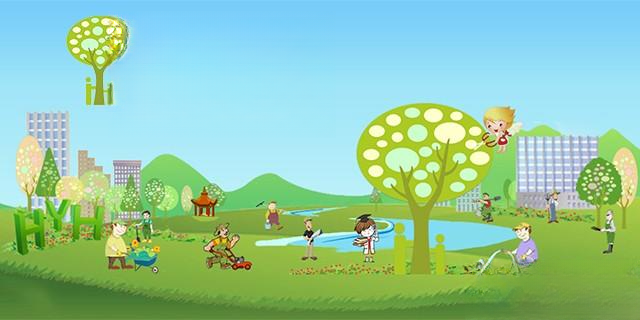Don't know what fertilizer to use for growing flowers? How to fertilize? Here is the complete guide to fertilizing flowers, and you will learn more
Flower fertilizer is a kind of nutrient element that can help plants grow. For example, the elements needed for plant growth are mainly nitrogen, phosphorus, and potassium. In addition, some trace elements are needed, such as calcium, iron, zinc, etc. The three main elements of nitrogen, phosphorus, and potassium must not only be obtained from the soil, but also from fertilizers to better allow plants to grow, and the same is true for trace elements.
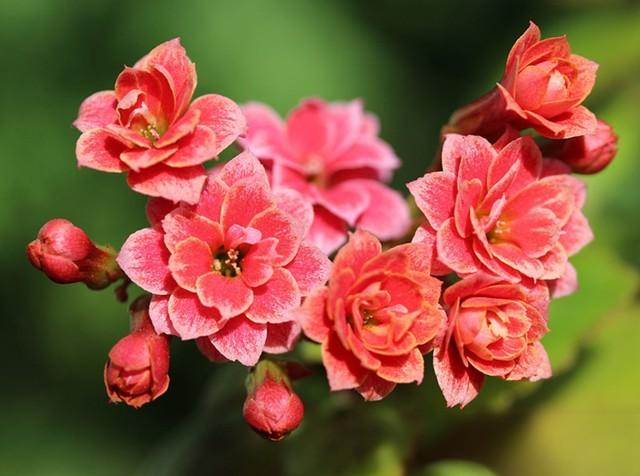
Types of flower fertilizer
Flower fertilizers are divided into organic fertilizers and inorganic fertilizers.
1. Organic fertilizer
Organic fertilizers mainly come from human and animal feces and various cake residues. They are rich in nitrogen, phosphorus, potassium and trace elements.
Nitrogen can help plants grow more luxuriantly; phosphorus can help flowers grow brighter in color and promote fruit enlargement, and is found in relatively large amounts in organic fertilizers; potassium fertilizer can help the branches and roots of plants grow stronger, and is found in relatively large amounts in organic fertilizers.
2. Inorganic fertilizer
Inorganic fertilizer, commonly known as chemical fertilizer, is a chemically manufactured fertilizer with high nutrient content, single elements, easy use and quick effect.
Nitrogen fertilizers among inorganic fertilizers mainly include urea, ammonia water, ammonium chloride, ammonium carbonate, ammonium bicarbonate, calcium nitrate, etc.; phosphorus fertilizers mainly include superphosphate (the fertilizer effect is relatively slow, and can be used as base fertilizer), calcium magnesium phosphate (the fertilizer effect is relatively slow, and can be used as base fertilizer), potassium dihydrogen phosphate (the fertilizer effect is relatively fast, and can be used as topdressing), etc.; potassium fertilizers mainly include potassium chloride, potassium dihydrogen phosphate, potassium nitrate, potassium sulfate, etc. These are all quick-acting fertilizers and can be used when applying topdressing.
In comparison, organic fertilizer is relatively green and environmentally friendly, but it gives people a feeling of being unhygienic, while inorganic fertilizer looks relatively clean and hygienic, but it is easy to cause soil compaction and is not suitable for long-term use. It is best to use it with organic fertilizer. Organic fertilizer has more comprehensive nutrients than inorganic fertilizer, while inorganic fertilizer has relatively single nutrients. Generally, it needs to be used with organic fertilizer or multiple inorganic fertilizers. In agriculture, in order to protect soil fertility and prevent soil compaction, organic fertilizer and inorganic fertilizer are generally used together!
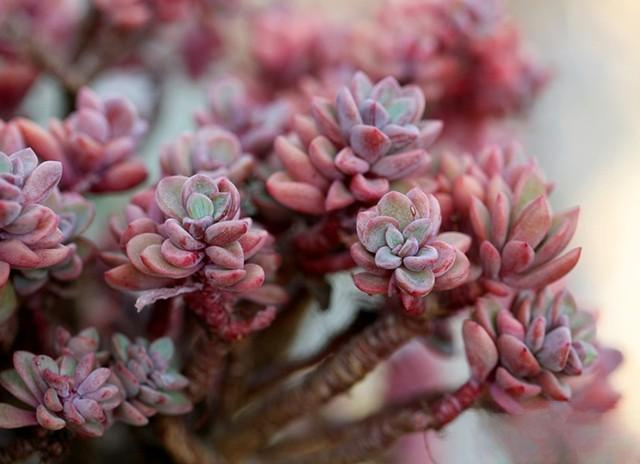
Precautions for using organic fertilizer and inorganic fertilizer:
There is no clear dosage requirement for organic fertilizers, but they need to be fully decomposed before use. If raw fertilizers are used, it will cause harm to plants. Inorganic fertilizers (chemical fertilizers) must be used in moderation. Do not use too much at one time, otherwise fertilizer damage is likely to occur. At the same time, they must be diluted with water or irrigated after fertilization. Agriculture often chooses to fertilize on rainy days for this reason. Secondly, inorganic fertilizers may evaporate. When the weather is too hot, it is easy to evaporate, and the fertilizer effect will be affected.
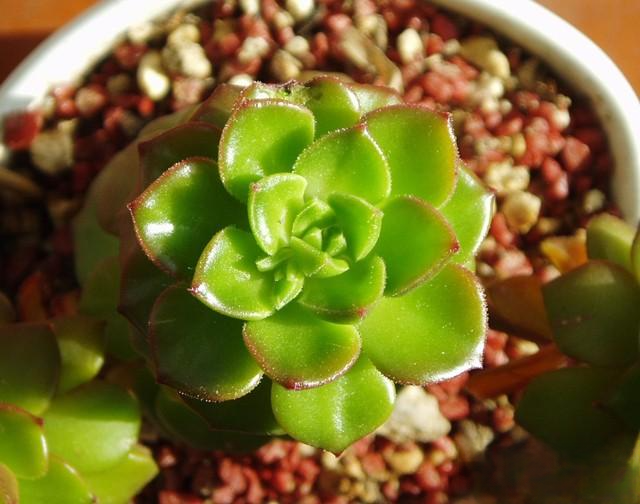
Common organic fertilizers and inorganic fertilizers are as follows:
1. Oil cake
Oil cake is the oil cake that has been pressed. We can crush it and add water to make it into a paste for fermentation. It will be fully decomposed in about a month and can be diluted with water for watering flowers. After full fermentation, it usually turns black. If it is not black, it means that the fermentation is not successful and you need to wait, otherwise it will cause harm to the flowers.
2. Bone meal
Bone meal is a powdered fertilizer made by grinding, boiling, steaming or burning some animal bones. The main components of general animal bones are tricalcium phosphate glue and fat. After a series of high temperature and high pressure treatments, the fat and glue are removed and the remaining powder is bone meal, which is rich in phosphorus that can be absorbed by plants to help them grow.
3. Wood ash
Plant ash is a fertilizer rich in potassium. For flower lovers in the south, both acid-loving and alkaline-loving flowers can be fertilized with plant ash, because the soil and water in the south are also acidic as a whole, which has little effect on some acid-loving flowers, but is beneficial to alkaline-loving flowers. The opposite is true in the north. Therefore, in daily maintenance, we can also use ferrous sulfate to help acidify the soil for some acid-loving plants. For alkaline-loving plants, plant ash can be used directly.
4. Worm castings
Worm castings are the feces particles excreted by earthworms. They are a non-toxic, odorless, clean and hygienic organic fertilizer. They are rich in organic matter, nitrogen, phosphorus, potassium and amino acids, and can help provide high-quality organic fertilizer for agriculture, forestry and urban greening.
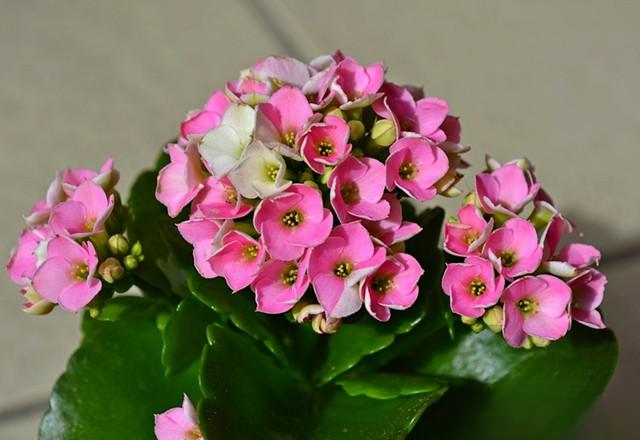
5. Urea
Urea is a fast-acting fertilizer that is rich in nutrients but has poor fertility durability. When using it, it needs to be diluted with water according to the instructions. It is a nitrogen fertilizer. Excessive use will also cause the plant to grow too long and the branches to be thin, affecting the overall beauty. It is better to use it with some phosphorus and potassium fertilizers. Fertilizers similar to urea include ammonium sulfate, etc.
6. Superphosphate
Superphosphate is a flower fertilizer suitable for use as a base fertilizer. It has a relatively mild fertility and will not damage the roots of plants. It can be mixed in the soil and has a relatively long fertilizer effect. It can be used as a base fertilizer for about half a year without fertilizing.
7. Ferrous sulfate
Ferrous sulfate is a fertilizer that can neutralize alkaline substances in the soil. It can provide plants with iron to help them grow more luxuriantly and prolong the flowering period. It is often used to grow plants that prefer acidic soil, such as camellia, azalea, etc.
8. Potassium dihydrogen phosphate
Potassium dihydrogen phosphate is a fertilizer rich in phosphorus and potassium. Common dahlias, camellias, etc. use potassium dihydrogen phosphate. It can promote more and brighter flowers and more lush branches and leaves. It is a quick-acting fertilizer used when applying topdressing.
The above are some common organic fertilizers and inorganic fertilizers that I have sorted out for you. We often use these fertilizers when growing flowers. If we only know how to grow flowers but don’t know how to fertilize, wouldn’t it be ridiculous? Let me introduce them to you today. Have you learned a lot? You are welcome to share them with friends who love growing flowers!
